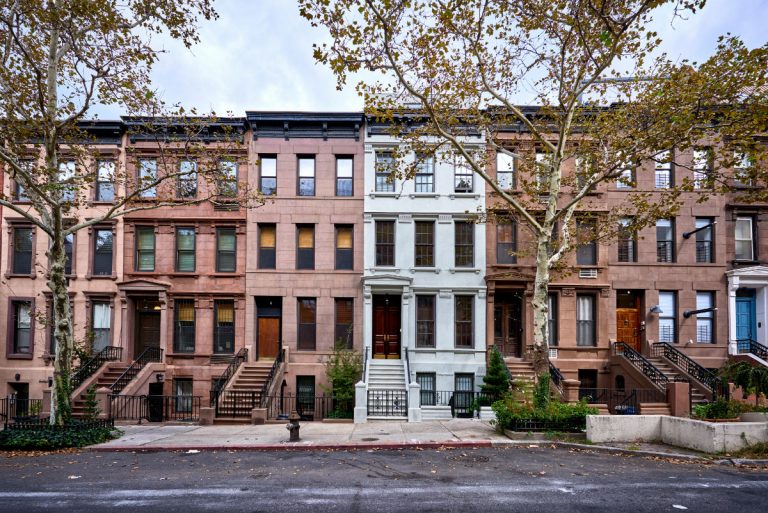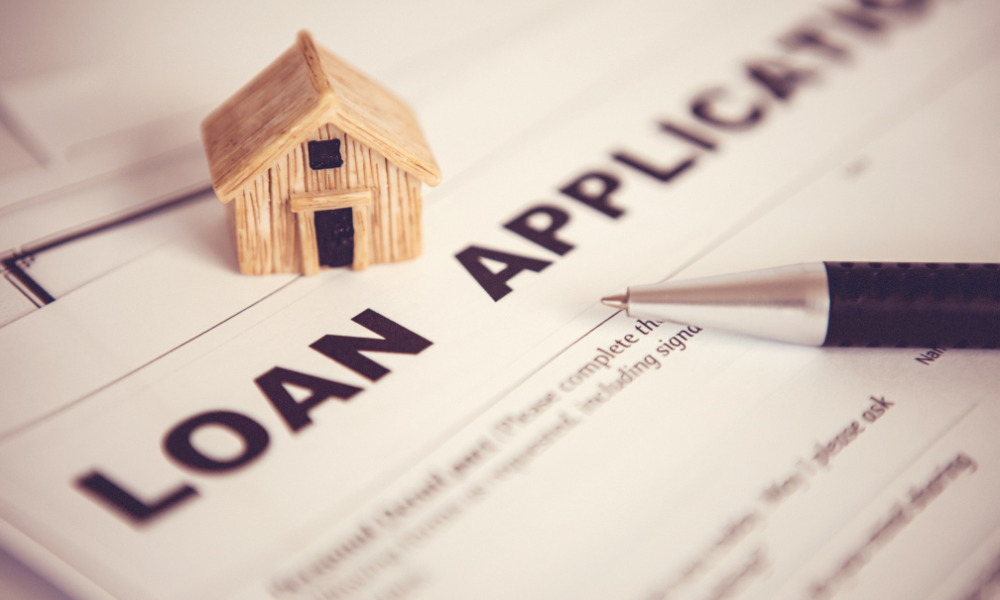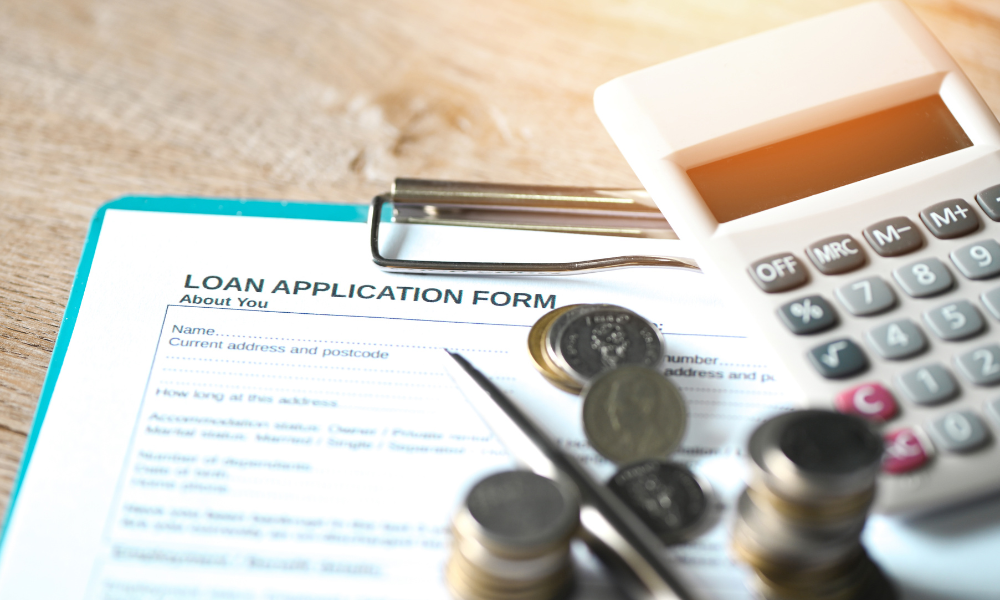It’s no surprise that purchasing a home is a massive financial decision. While the investment is incredibly rewarding, saving up enough to become a homeowner can be challenging. However, certain options you can consider throughout the process of buying a home that can remove the burden of these costs. In this blog post, we’re explaining discount points, lender credits, and seller concessions and how you may be able to benefit.
What Are Discount Points on a Mortgage?
Discount points or mortgage points give you the ability to lower the interest rate on your mortgage. You may view discount points on a mortgage as a trade-off, where you pay more money at the closing and the lender lowers the interest rate.
Data collated by the Consumer Financial Protection Bureau indicates that discount points were rather popular with homebuyers in 2023’s first three quarters. During this period, 58.7% of buyers with home purchase loans used discount points. This number stood at 56.2% for buyers with non-cash-out refinance loans and a staggering 88.5% for borrowers who opted for cash-out refinances.
How Discount Points Work
Each discount point costs around 1% of the mortgage amount and brings the interest rate down byan average of 25 basis points (0.25%), although it may vary from 0.125% to 0.375%. Keep in mind that the interest rate reduction can vary from one mortgage provider to the next. When you get discount points, your lender charges a one-time fee that you need to pay at the time of closing.
If you’re thinking about refinancing your existing mortgage, you might not have to pay for discount points at the closing because some lenders roll these costs and other closing costs into the new loan. In this case, while you need to pay less at the closing table, it affects the equity you have in the home.
Are Discount Points Worth It?
The answer to “Is it worth it to pay points for a lower interest rate?” is that they make sense if you plan to stay in the home you purchase for a few years. Referred to as the break-even period, this is the time it takes for the gains from the lower monthly payments to equal the initial cost of purchasing the points.
If you intend to keep living in the home beyond the break-even period, paying for discount points might work well for you. This is because once you cross this stage the lower interest rate will lead to savings for the remainder of the loan term.
Discount points might not be worth it if you sell or refinance your home before crossing the break-even period. If you foresee this happening, you might be better off putting the money toward your down payment and increasing your equity in the home.
Looking to Purchase a Home on Long IslandContact Us
How Many Discount Points Can I Buy?
The Lender determines the maximum number of discount points you may buy. Most lenders let borrowers buy up to four discount points. This, on average, can bring your interest rate down by 1%. Data released by Freddie Mac indicates that a typical 30-year fixed-rate mortgage comes with 0.5 to 0.7 discount points, and the number is lower with adjustable-rate mortgages (ARMs) because these borrowers tend to refinance or sell sooner.
What Is a Lender Credit on a Mortgage?
While discount points help lower the interest rate on a mortgage and require you to pay an upfront cost, lender credits can work well for borrowers who wish to reduce the burden of closing costs. So, what are lender credits and how do they work?
Lender credits give you the means to bring down your closing costs in exchange for a higher interest rate. This allows you to lower your upfront expenses and spread them over a prolonged period. However, you can use lender credits only to cover closing costs and for no other purpose.
Are Lender Credits Worth It?
Getting lender credits might work well for you if your main aim is to get some financial assistance or flexibility at the closing table and don’t mind paying a slightly higher interest rate. Given that closing costs can go up to 6% of a home’s selling price and that you also need to account for the down payment, lender credits can help bring down your initial expenses.
Oftentimes, assistance with closing costs helps borrowers come up with the down payment they need to buy a home, allowing them to get on the path to homeownership sooner. In addition, if you plan to refinance or sell in the near future, the shorter timeframe can help override the effect of the higher interest rate.
One potential drawback of getting lender credits is that the higher fixed interest rate will stay in place for the entire loan term, and you might end up paying significantly more than the original amount. This can be a problem if you’re already stretching your budget, because a higher interest rate translates into higher monthly payments. In addition, the higher interest rate might put you at a disadvantage if you plan to refinance at a later stage.
How Much Lender Credit Can I Get?
How much lender credit you can get depends on the type of mortgage you select, the amount you wish to borrow, and your lender. (Lender credits are not always available. Please check with your lender for details). Factors that can work in your favor include a good credit score, a large down payment (20% or more), and a low debt-to-income ratio.
 What Are Seller Concessions?
What Are Seller Concessions?
As the name implies, seller concessions refer to concessions the seller of a home offers to a potential buyer. In this case, a seller might offer to cover one or more costs associated with buying a home to reduce a buyer’s upfront expenses.
If you look at seller concession examples, you’ll notice they come in different forms. One of the most common types of seller concessions is a seller agreeing to cover all or part of the closing costs. If, during an inspection, you find a problem that needs fixing, you may ask for a concession to cover the cost of repairs. In some instances, sellers agree to cover appraisal fees, loan origination fees, and attorney fees.
Keep in mind that while you may request seller concessions, whether or not sellers agree is their prerogative. In addition, remember that these concessions don’t come in the form of hard cash and typically find their way into bringing down your closing costs.
Who Benefits?
When offered, seller concessions tend to benefit buyers and sellers alike. While the buyer enjoys a discount, the seller manages to make the sale. However, where and when you wish to purchase a house might have an effect on whether you might get a seller concession.
Asking for seller concessions makes sense in a buyer’s market where the supply of homes for sale exceeds the demand. In this scenario, given the low demand, a seller might be more inclined to offer a concession and offload a property faster. However, the situation tends to reverse in a seller’s market, where a seller might have no inclination to offer concessions because of the high demand.
Pros and Cons
The biggest advantage of a seller concession is that it brings down the closing costs and makes the home you purchase more affordable. While this can help you make a larger down payment than you initially planned, it can also leave you with more savings in your bank account.
One potential drawback of asking for a seller concession is that it might make your offer seem less appealing, especially in a seller’s market. Besides, when it comes to homes that receive multiple bids, sellers may choose to disregard offers that come with requests for concessions. In this case, you might be better off making a lower offer and covering the closing costs on your own.
Looking to Purchase a Home on Long IslandContact Us
Seller Concession Limits
Regulatory bodies like the U.S. Department of Housing and Urban Development (HUD) and Fannie Mae have set seller concession limits to prevent housing market inflation and ensure stability in prices. These limits vary based on different types of loans.
Conventional Loans
Seller concession limits for conventional loans depend on the down payment amount for primary residences and second homes. Investment properties are 2% max on all combined loan-to-value (CLTV) ratios.
- Less than 10% down payment – Seller concession of up to 3%
- Down payment of 10% to 25% – Seller concession of up to 6%
- Down payment of over 25% – Seller concession of up to 9%
Remember, if you’re getting a conventional loan to purchase an investment property, the seller concession cannot exceed 2%.
USDA Loans
If you plan to get a U.S. Department of Agriculture (USDA) loan, the seller may contribute up to 6% of the loan amount. The home’s selling price or the down payment you make does not have an effect on the seller concession limit in this case.
VA Loans
Getting a Department of Veterans Affairs (VA) loan qualifies you to get a seller concession of up to 4% of the home’s selling price. Other than for closing costs, you may use these concessions for paying VA funding fees as well as to pay existing debts and judgments.
FHA Loans
The seller concession limit for Federal Housing Administration (FHA) loans stands at 6% of a home’s selling price. While you may use these concessions to cover closing costs, you can also use them to pay for appraisal fees and other home purchase-related expenses.
 Seller Concession vs. Price Reduction
Seller Concession vs. Price Reduction
While a seller concession is usually specific to a buyer’s request, a price reduction typically applies to all potential buyers. Both are fairly common in buyer’s markets, where sellers either want to attract attention to their properties or speed up the sale.
Although a seller concession and a price reduction might seem the same from the cost perspective, know that they work differently, especially if you’re getting a mortgage. Consider an example where a buyer plans to purchase a house for $100,000 and make a 10% down payment of $10,000. Closing costs stand at 6% or $6,000.
With a 6% seller concession, the closing costs are covered. However, in case of a 6% price reduction, the overall cost of the house reduces to $94,000. To cover the closing costs, the buyer still needs to pay $5,640. In this scenario, if you wish to bring down your upfront costs, a seller concession works better.
Which Should You Get?
If you think you may need some assistance to cover the closing costs of your mortgage, find out if you can get a seller concession to pay for the same. Alternatively, you may also request a seller concession if you find a problem during a home’s inspection and will need to spend money to fix it after the purchase.
If you’re unable to get a seller concession to cover the closing costs for any reason, you may consider requesting a lender credit. The former is a better option because it works more like a discount, whereas you have to pay for the latter. Besides, while seller concessions bring down the cost of homeownership, lender credits might have the opposite effect.
Prospective homebuyers who wish to lower their interest rates might benefit by buying discount points. While you’ll need to pay extra at the closing table, you stand to gain in the long run, provided you live in the house for a prolonged period.
Conclusion
When it comes to dealing with discount points, lender credits, or seller concessions, making an informed decision requires paying attention to different aspects. These include your existing financial situation, upfront costs, how long you plan to live in the home you purchase, and the potential for long-term savings. Discussing your requirements with your financial advisor and a reputable mortgage provider is ideal.



 East Village
East Village What You Need to Know About Buying a Home
What You Need to Know About Buying a Home
 FHA Loans
FHA Loans Should You Buy a Home Without Down Payment?
Should You Buy a Home Without Down Payment?
 Look at Different Types of Mortgages
Look at Different Types of Mortgages Make an Offer
Make an Offer
 6. Rushing the Process
6. Rushing the Process 13. Not Getting a Homebuyer Rebate
13. Not Getting a Homebuyer Rebate
 The Importance of Open Houses for Buyers
The Importance of Open Houses for Buyers Check Storage Space
Check Storage Space

 Should I Rent or Buy a House?
Should I Rent or Buy a House?
 Which Type of Mortgage Is Typically Offered to Seniors?
Which Type of Mortgage Is Typically Offered to Seniors? Income-Based Documents You Need to Apply
Income-Based Documents You Need to Apply
 Caps on ARMs
Caps on ARMs Which Should You Get?
Which Should You Get?
 Debt-to-Income Ratio Requirements
Debt-to-Income Ratio Requirements The Pros and Cons of FHA Loans
The Pros and Cons of FHA Loans